The Quality Assurance department in the pharmaceutical industrial playing a crucial role since the evolution of Good Manufacturing Practice. The pharmaceutical industry can not assure the appropriate quality and safety standards of the pharmaceutical product without quality assurance. The quality assurance department controls the manufacturing systems since it is a process-specific approach and the documentation is also a key function of the department.
The WHO, ICH quality guidelines, and 21 CFR Part 211 is the key source of this book which deals with the Good Manufacturing Guidelines and Quality by design (QbD) approach for product development.
The pharmaceutical sector in India grows significantly in the last 10 years in terms of export and domestic markets. The Indian domestic pharmaceutical market is estimated at US$ 42 billion in 2021 and is likely to reach US$ 42 billion. Indian Pharmaceutical companies meeting with the standards and regulatory requirements of USFDA, M.H.R.A, E..M.A, W.H.O & T.G.A, etc. many reputed institutions in India collaborated with pharmaceutical industries for industry-linked projects at graduation and post-graduation levels.
The authors have more than 15 years of experience in the field of pharmaceutical quality assurance. This book deals with various aspects related to the field of Quality Assurance like GMP requirements, Stability Guiidilines, Calibration and validation Quality by design (QbD), and documentation requirements.
This book will be helpful to graduate and post-graduate students to understand the concept of quality assurance and documentation practice in pharmaceutical industries. The current literature and guidelines for stability testing, validation, and calibration, Quality by design approach, and other topics have been referred to while writing this book. This book included 12 chapters that cover more than 100 topics with recent advancements in the field of Pharmaceutical Quality Assurance.
The authors made efforts to write the book in terms of authenticated and verified information however students are also advised to refer to the original guideline from time to time for any amendments.
The authors are highly thankful to their family and friends for the creative suggestions and encouragement. We shall remain thankful to the management, teaching, and non teaching staff members of Abhilashi College of Pharmacy and Delhi Pharmaceutical Sciences & Research University, Delhi, India for the encouragement. We would like to mention the name of Mr. Sanchit Gowda, Section Incharge, IIP International Publication for stimulating us to write this book.
We thought this book will be very helpful for the students. The constructive comments, suggestions, and criticism are invited by the teachers and students.

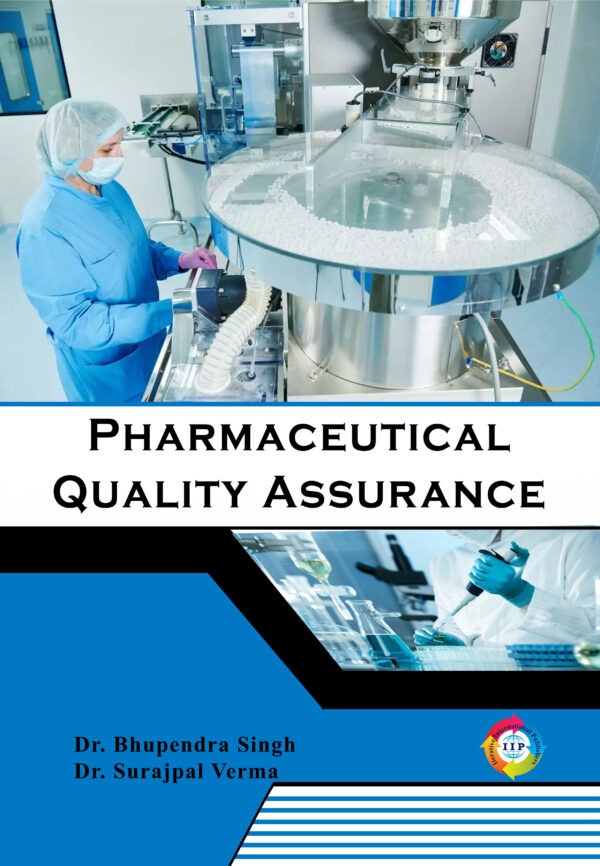
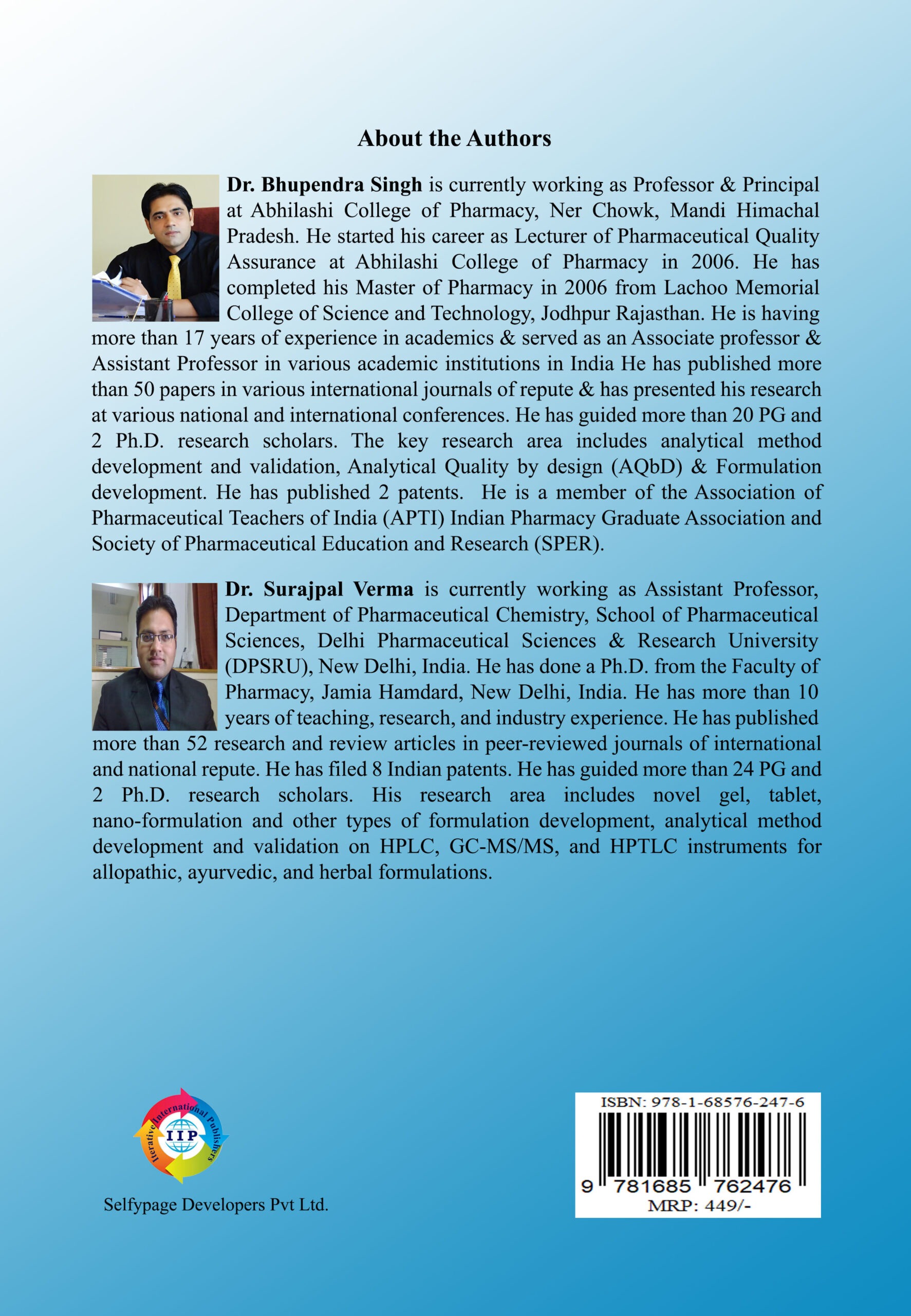
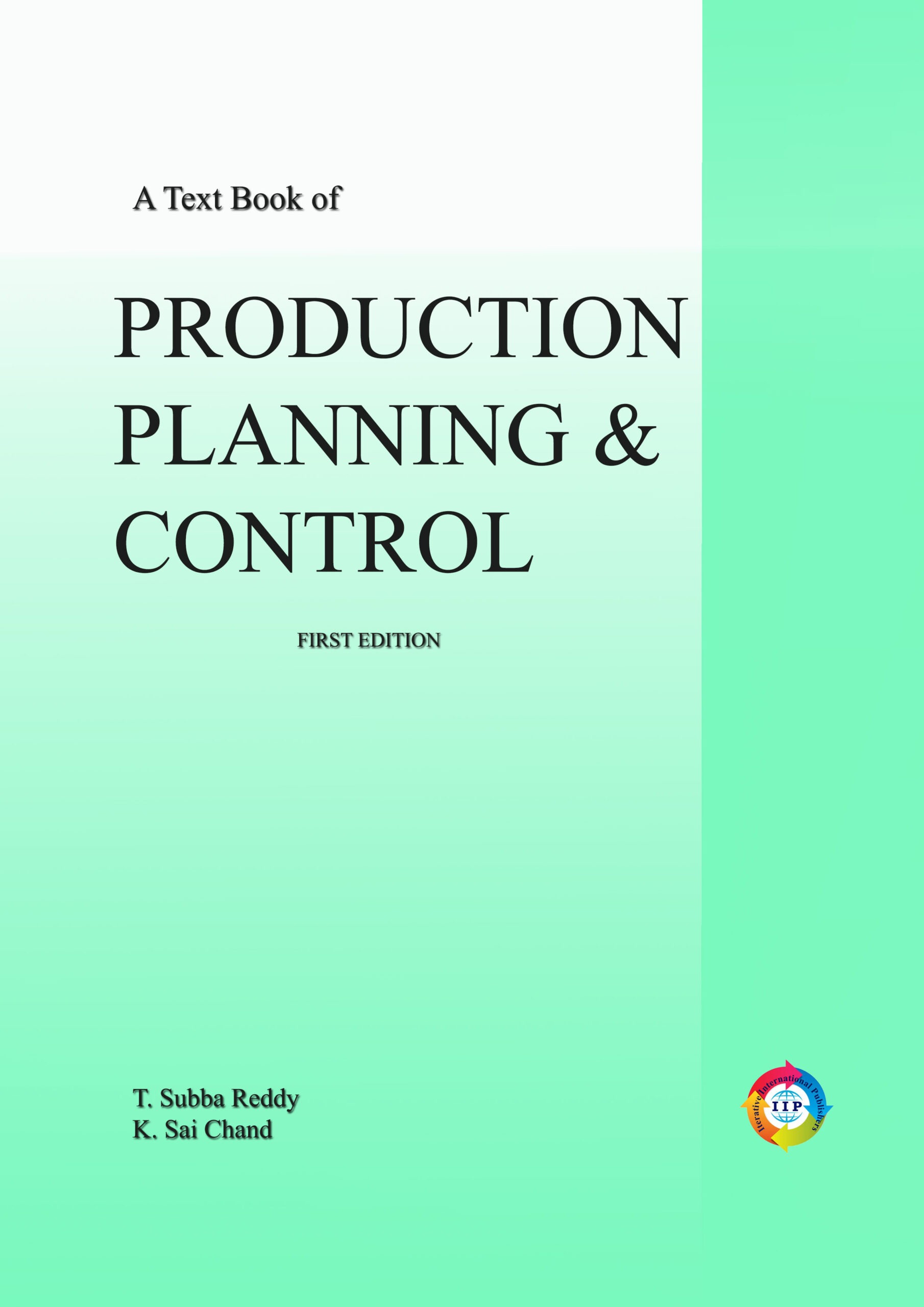


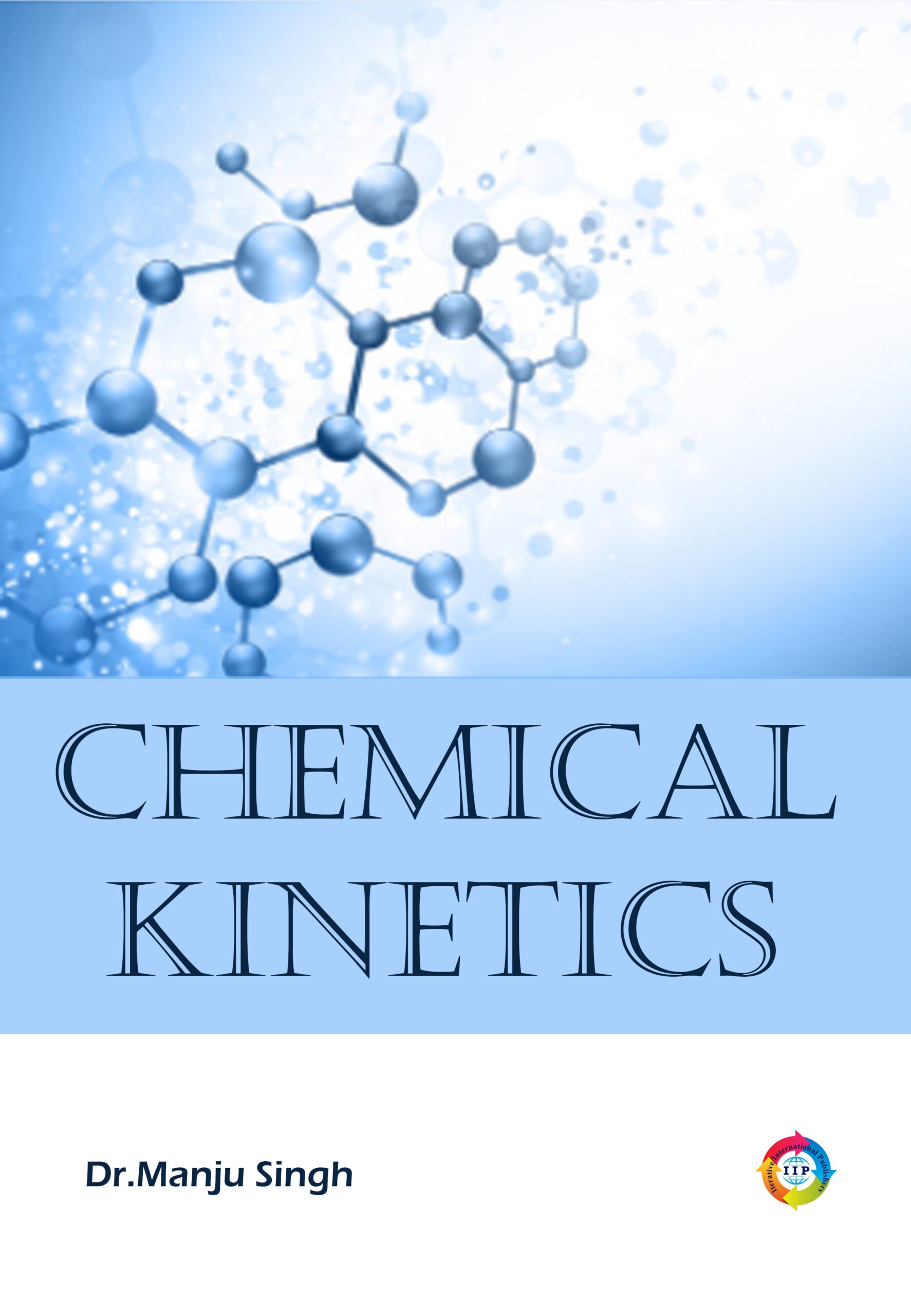
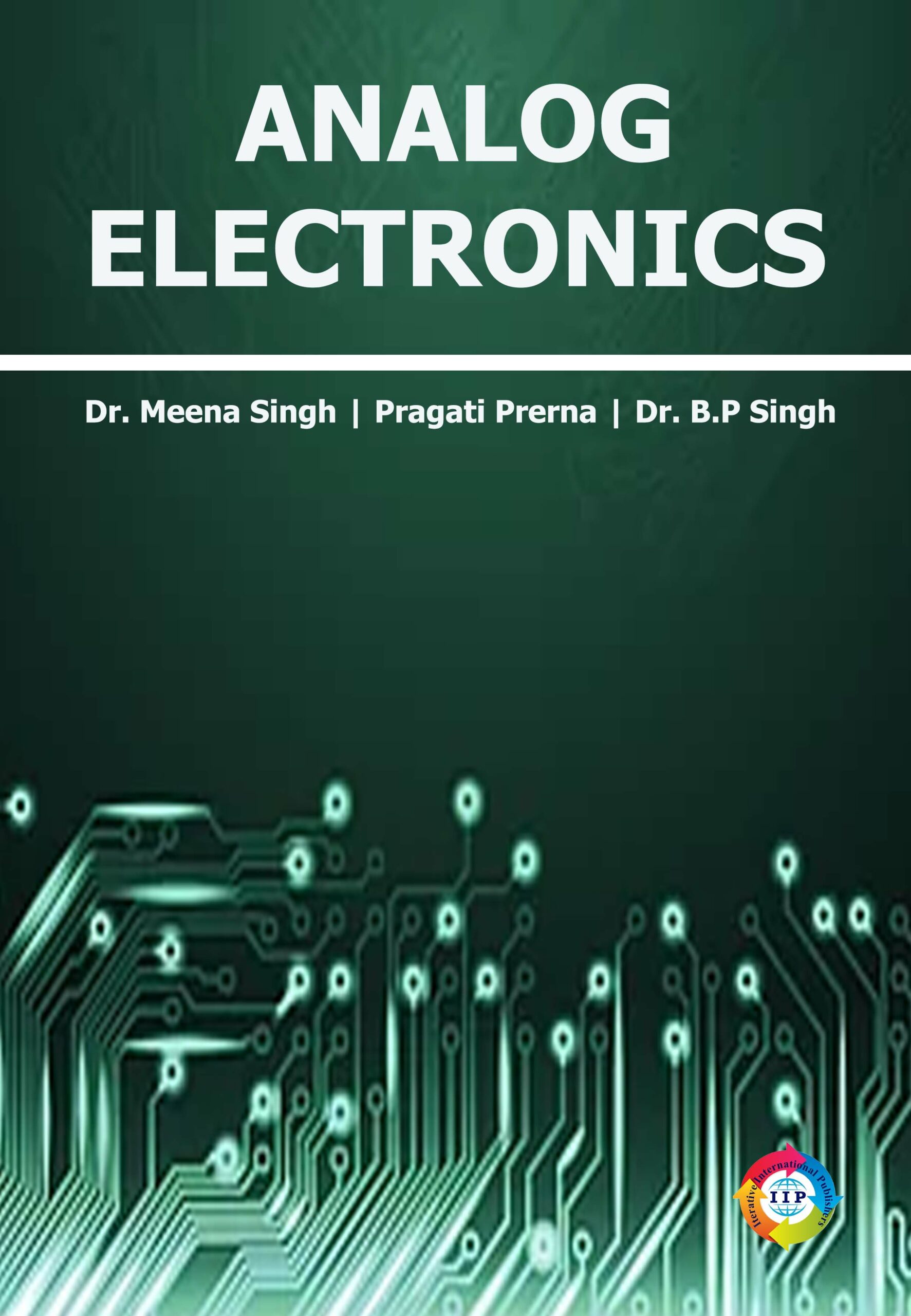
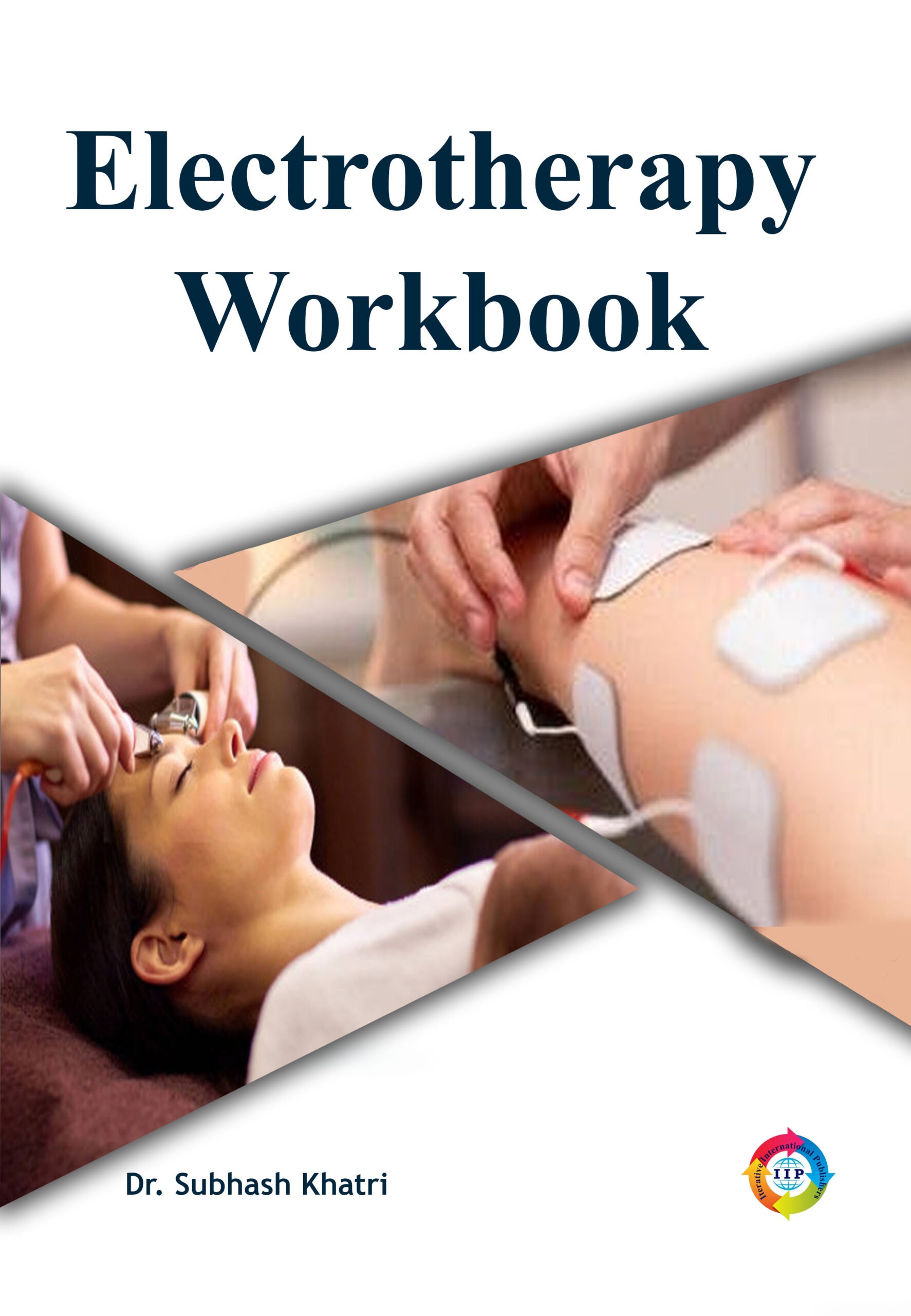
Reviews
There are no reviews yet.